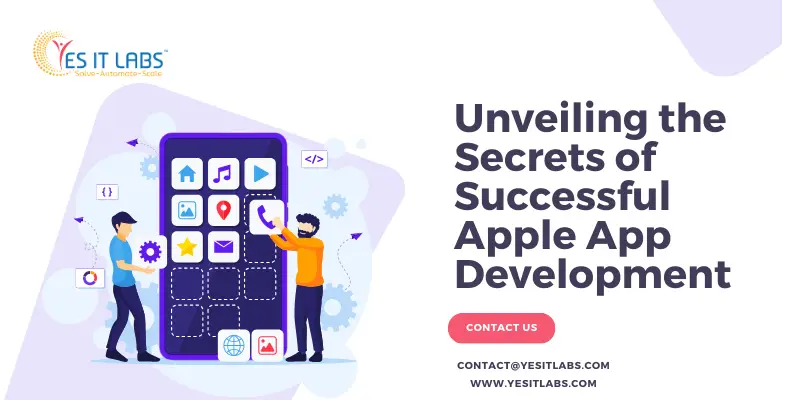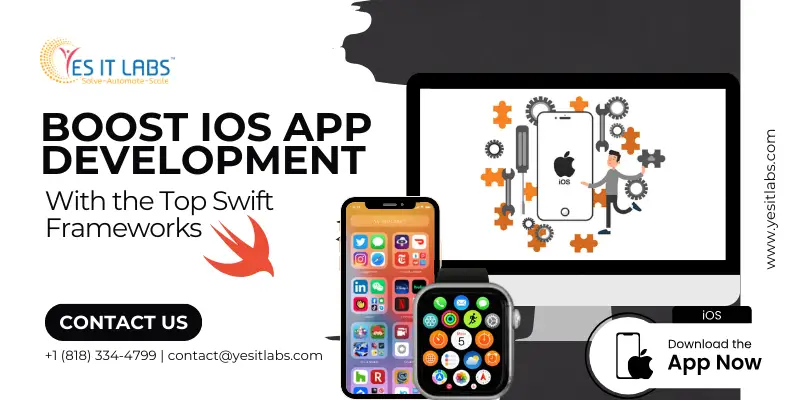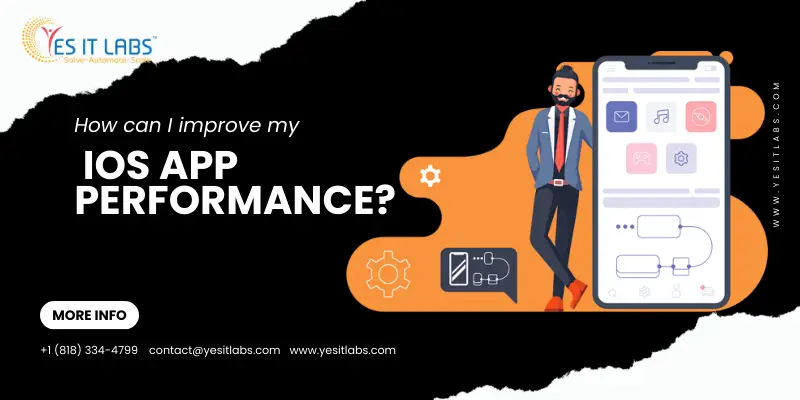
Unveiling the Secrets of Successful Apple App Development
Hey there, fellow tech enthusiasts! Today, we’re delving into the world of iOS app development, unlocking the secrets behind crafting successful applications for Apple devices. Whether you’re an aspiring iOS app developer or a seasoned pro looking to enhance your skills, this blog is your ultimate guide to mastering the art of creating standout apps for the Apple ecosystem.
The Thriving World of iOS App Development
iOS app development has become synonymous with innovation, user experience, and, of course, the Apple brand’s seal of quality. With millions of apps available on the App Store, competition is fierce. However, understanding the core principles and strategies can set you apart in this thriving ecosystem.
Key Ingredient: User-Centric Design
At the heart of every successful iOS app lies user-centric design. Understanding your target audience, their preferences, and pain points is paramount. Conduct thorough research, gather user feedback, and iterate relentlessly to create an intuitive and engaging user experience.
Harnessing the Power of Swift
As an iOS app developer, your proficiency in Swift, Apple’s programming language, is non-negotiable. Swift’s simplicity, performance, and safety make it the go-to choice for crafting high-quality iOS apps. Stay updated with the latest Swift advancements and best practices to streamline your development process.
Embracing the Apple Ecosystem
Apple’s ecosystem offers a seamless integration of hardware, software, and services, providing unparalleled opportunities for iOS app developers. Leverage the capabilities of iOS devices, such as Touch ID, Face ID, ARKit, and Core ML, to create immersive and innovative experiences that resonate with users.
Prioritizing Performance and Optimization
In the fast-paced world of mobile apps, performance is king. Optimize your iOS app for speed, responsiveness, and efficiency to ensure a frictionless user experience. Pay attention to factors like app size, memory usage, and battery consumption to deliver a seamless experience across all Apple devices.
Security: Non-Negotiable
With growing concerns over data privacy and security, safeguarding user information is more critical than ever. Adhere to Apple’s stringent security guidelines, implement encryption protocols, and regularly update your app to patch vulnerabilities. Building trust with your users is essential for long-term success.
Iterative Development and Continuous Improvement
The journey of iOS app development doesn’t end with the app launch. Embrace an iterative development approach, gather user feedback, analyze app performance metrics, and iterate based on insights gained. Continuously refine your app to meet evolving user needs and stay ahead of the competition.
Monetization Strategies: Finding the Right Balance
Monetizing your iOS app requires a delicate balance between user satisfaction and revenue generation. Explore various monetization models, such as freemium, subscriptions, in-app purchases, and advertisements, and choose the one that aligns with your app’s value proposition and user base.
The Importance of App Store Optimization (ASO)
In a crowded App Store landscape, visibility is key to success. Invest time and effort into App Store Optimization (ASO) to improve your app’s discoverability and increase downloads. Optimize your app title, keywords, description, screenshots, and reviews to maximize organic traffic and drive user engagement.
Cultivating a Community and Building Brand Loyalty
Building a loyal user base is essential for the long-term success of your iOS app. Foster a sense of community around your app, engage with your users through social media, forums, and support channels, and listen to their feedback attentively. By cultivating strong relationships with your users, you’ll turn them into brand advocates who promote your app organically.
Conclusion: Unleash Your Creativity
In the dynamic world of iOS app development, creativity knows no bounds. Embrace innovation, stay curious, and never stop learning. By mastering the secrets outlined in this blog and infusing your unique creativity into your iOS apps, you’ll unlock the door to success in the Apple ecosystem.
So, fellow iOS app developers, are you ready to embark on your journey to success? Let’s harness the power of technology, creativity, and user-centric design to create groundbreaking iOS apps that leave a lasting impression on users worldwide. Here’s to the exciting adventures that await us in the world of Apple app development!
And remember, the journey is just as rewarding as the destination. Happy coding!
Tags: Apple app developer, Apple app development, custom ios app development, hire iOS developer, iOS app developer, iOS App Development, iOS app development Company









